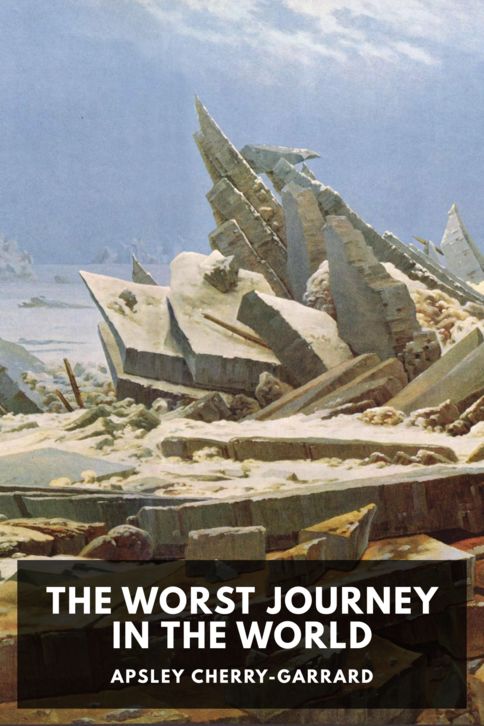

Even so, in the telling this brisk tale is pervaded by a hallucinogenic quietude, a paragraphic slowing of the blood.

No one swears their tempers do not fray they never forget the “Please” and “Thank You.” Pride dictates that all behave exactly as they would at home, with everything shipshape and normal.

Gales blow force ten with regularity the men hold sing-alongs and prepare educational papers to be read aloud to the group at night.

Yet Cherry’s tone remains in all respects breezy. Scott’s expedition was oddly ill-planned, and the Winter Journey itself is a masterpiece of esoteric suffering. Their equipment does not so much protect them from the weather as it endures the weather with them it affords about as much help as any other mortal companion imported from distant climes: Sodden with condensation or rigid with ice, their gear is organic matter, heavy, fallible, its substance on a continuum with the human body and the physical landscape in ways the hubristic superfibers-Goretex, Polarfleece-cease to be. Their sleeping bags are made of reindeer hide and lined with eiderdown. (It is too dark to see anyway.) Their state-of-the-art polar footwear comprises puttees wound around the trouser-leg and fur-soled Norwegian boots called finnesko, lined with felt and insulated with a Norwegian hay called saennegrass. Cherry-who is so nearsighted that he was almost refused entry to the Expedition’s ranks-cannot wear his glasses because the freezing metal burns his face. The harnesses are canvas their underclothes are wool. Body-heat is insufficient to keep moisture liquid-“it passed just away from our flesh and became ice.” It takes hours to harness each man to the sledge because the straps freeze into sculptural shapes before they can settle them square on their shoulders. In a climate known as “the polar desert,” their own breath and sweat become primary enemies. On every one of its 600 pages, The Worst Journey in the World describes weather conditions that are ludicrously inhospitable.


 0 kommentar(er)
0 kommentar(er)
